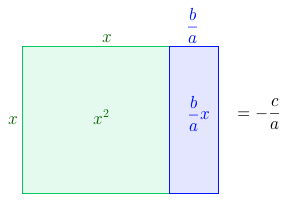In his paper The Transition to Formal Thinking in Mathematics, David Tall presents W.P. Thurston’s seven different ways to think of the derivative:
- Infinitesimal: the ratio of the infinitesimal change in the value of a function to the infinitesimal change in a function.
- Symbolic: the derivative of x^n is nx^n?1, the derivative of sin(x) is cos(x), the derivative of f ? g is f ? ? g ? g? , etc.
- Logical: f ?(x) = d if and only if for every ? there is a ? such that when 0 <|?x|< ? , then

- Geometric: the derivative is the slope of a line tangent to the graph of the function, if the graph has a tangent.
- Rate: the instantaneous speed of f (t) , when t is time.
- Approximation: The derivative of a function is the best linear approximation to the function near a point.
- Microscopic: The derivative of a function is the limit of what you get by looking at it under a microscope of higher and higher power. (Thurston, 1994.)
David Tall argued that the list excluded the global concept of local straightness so he added added the eighth that he believes that other 7 can be built.
8. Embodied: the (changing) slope of the graph itself.
In the same paper, David Tall presents a learning framework for derivative based on his Three Worlds of Mathematics Framework.







